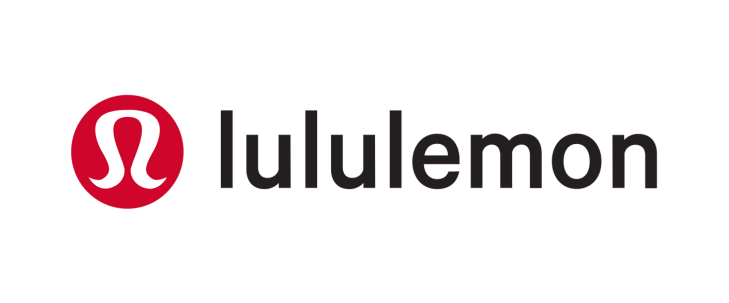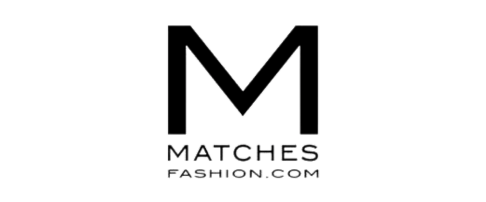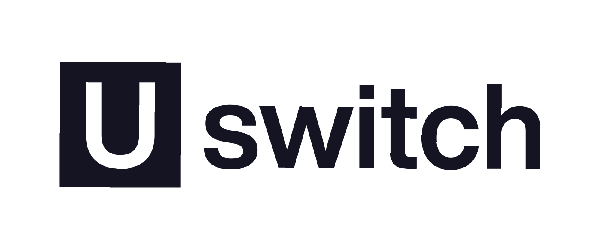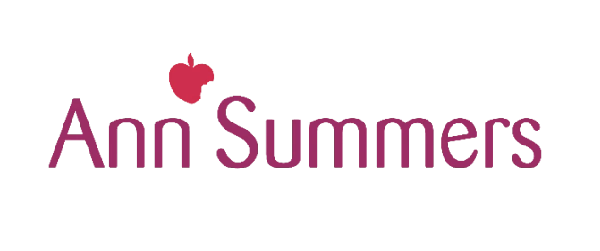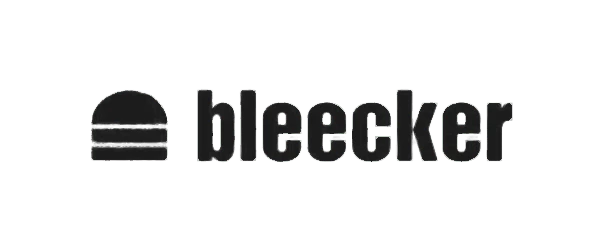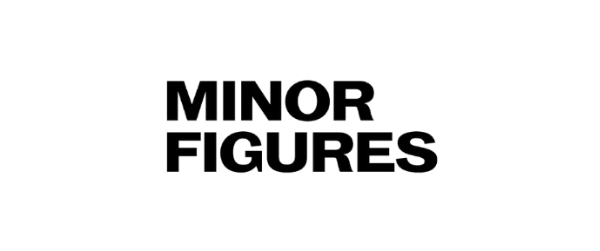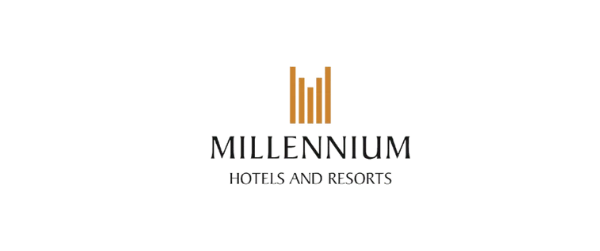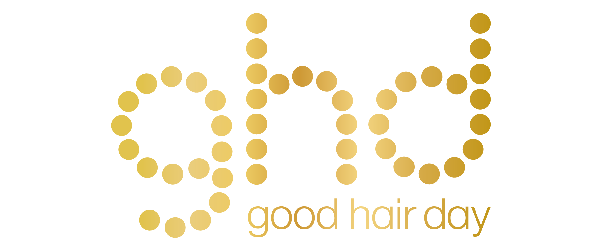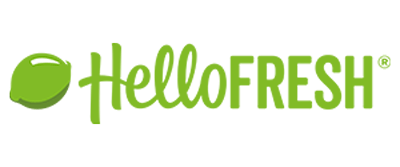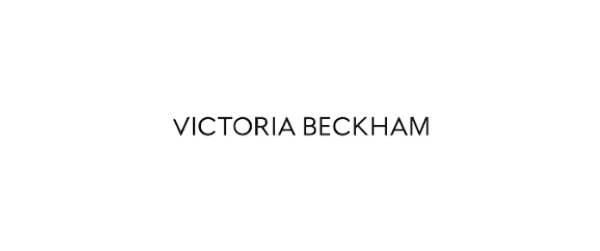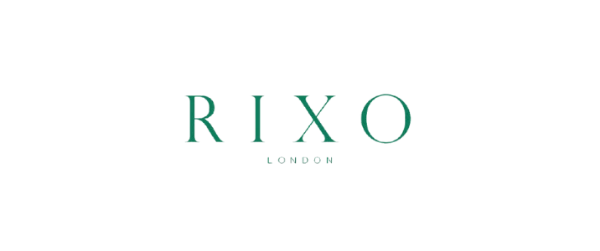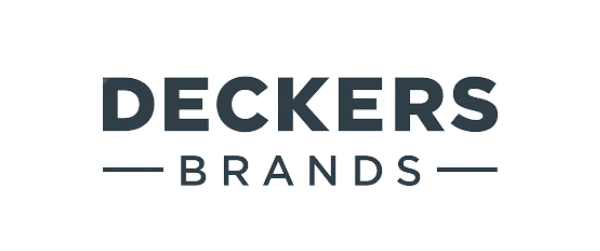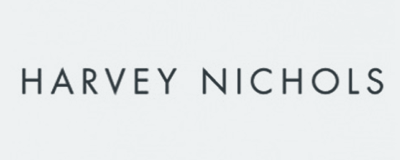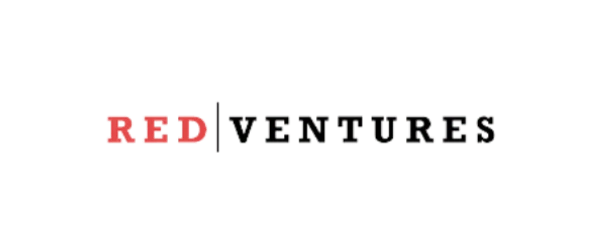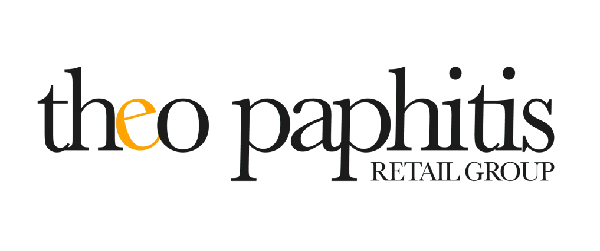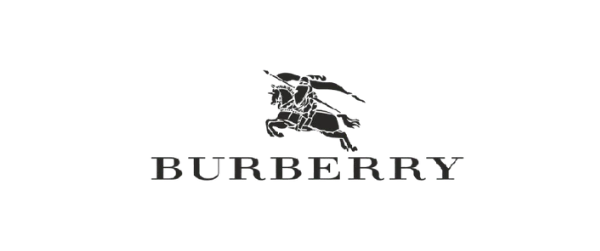What’s Your Personality Type? The Lion, Otter, Beaver, and Golden Retriever Personality Types in Finance
Throughout history, there have been several personality type models which divide into four categories. For example, Keirsey’s 1996 temperament sorter lists the Guardian, the Idealist, the Artisan, and the Rational types. The 1928 DISC assessment divides personalities by Dominance, Influence, Steadiness, and Conscientiousness. In this article, however, we will discuss the four temperaments through Gary Smalley and Dr. John Trent’s 1999 model of the Lion, Otter, Beaver, and Golden Retriever personality types. JasperRose will also explore where each temperament is best suited within a financial team.
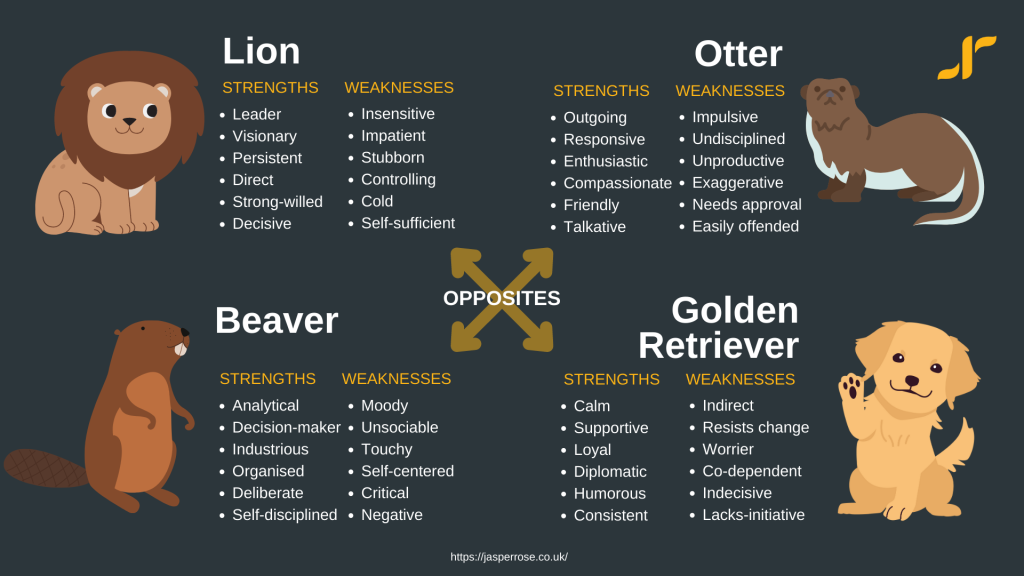
The Lion:
Lions are typically decisive, confident, and natural leaders who are focused on achieving their goals. They are often very independent and self-sufficient, valuing their own strength and competence. However, lions can also be prone to anger and aggression, particularly when their authority or control is challenged. They may struggle with vulnerability or admitting their own weaknesses and can sometimes come across as intimidating or overly domineering. Overall, the lion personality type is often seen as powerful and commanding but may benefit from learning to balance their strength with humility and empathy.
- Strengths: visionary, persistent, practical, productive, initiates change and projects, communicates directly, enjoys being challenged, strong-willed, independent, decisive, leader.
- Weaknesses: Insensitive/cold, sarcastic, self-sufficient, impatient, stubborn, overlooks risks, controlling at times, can be too direct.
The lion personality type is often found in leadership positions or will be pursuing those positions in their career. As such, promotional opportunities are appealing to this personality type, in addition to the opportunity to manage others and to work independently from a team. For this reason, Lions make great CEOs, finance leaders, and senior finance contractors. When hiring or focusing on the retention of employees with this temperament, it is a good idea to promote management opportunities within your organisation in job ads and internally.
The Otter:
According to Smalley and Trent, the otter personality type is known for being social, outgoing, and optimistic. They are often energetic and enthusiastic, with a tendency to be playful and enjoy humor. Otters are generally creative and enjoy trying new things but may struggle with follow-through. They value relationships and are often empathetic and compassionate towards others. However, they may struggle with being overly talkative or distractible at times. Overall, the otter personality type is known for their warmth and sociability.
- Strengths: Outgoing, optimistic, personable, communicator, dreamer, responsive, warm, friendly, talkative, enthusiastic, compassionate.
- Weaknesses: Undisciplined, unproductive, exaggerative, egocentric, unstable, struggle with follow-through, impulsive, needs social approval, easily offended.
Within a team, otters are great for company morale and culture. They make excellent motivators and entertainers. They are also strong socialites and are suited to roles that especially involve interpersonal skills. For this reason, they are well suited to being commercial accountants. To manage the otter personality type, as they dislike routine and can get distracted from tasks, setting deadlines, varying their tasks and offering incentives can be motivating and yield high productivity.
The Beaver:
The beaver personality type is characterized by traits such as precision, persistence, and practicality. They are detail-oriented individuals who often have a strong work ethic and enjoy structure and routine. Beavers tend to be cautious and risk-averse, preferring to follow established procedures rather than taking chances. They are also known for their analytical skills and ability to organize complex information. However, they may struggle with flexibility and creativity, and may sometimes be perceived as overly critical or perfectionistic. Overall, the beaver personality type is known for their dedication, dependability, and attention to detail.
- Strengths: Analytical, thorough, decision-maker, deliberate, self-disciplined, industrious, organized, aesthetic, sacrificing.
- Weaknesses: Moody, self-centered, touchy, negative, unsociable, critical, revengeful.
In the workplace, beavers have an essential role in their team and often drive matters forwards due to their tendency to stay on subject, go with agendas, and work towards their goals. Due to their analytical nature, beavers are great within technical finance and analytical roles, and can also be suited to upskilling and training other colleagues.
The Golden Retriever:
The golden retriever personality type is characterized by traits such as being calm, easy-going, and dependability. Golden retrievers tend to be good listeners, observers, and are often described as patient and diplomatic. They also tend to avoid conflict and prioritize maintaining harmony in their relationships. However, they may struggle with making decisions and taking action, and may sometimes come across as passive or indifferent. Overall, the golden retriever personality is known for being peaceful, steady, and accommodating.
- Strengths: Calm, supportive, agreeable, easy-going, loyal, dependable, quiet, objective, diplomatic, humorous, values relationships, stable and consistent.
- Weaknesses: Selfish, stingy, indirect with others, resists change, procrastinator, unmotivated, lacks initiative, indecisive, fearful, worrier, can be co-dependent.
Golden retrievers work well in nurturing roles and are therefore well suited to teaching and upskilling colleagues. They may also work well paired in in a buddy-system with a more junior employee for this reason. They are well suited to roles in HR.
Notes on Smalley and Trent’s model of the Lion, Otter, Beaver, and Golden Retriever personality types:
This model should be taken with a pinch of salt. These animal categories describe the natural leaning of your temperament. In other words, they aren’t entirely fixed, as personalities are flexible and change over time and people are complex. A well-rounded person should also be able to adapt to different situations, and draw upon different traits depending on what is appropriate. However, it isn’t likely that a person should have many characteristics from their ‘opposite’ temperament. Instead, they may have some traits from the other remaining two categories. Therefore, the model is a great point of reference for working with people, but it is important to be flexible when using it as a starting point.
Key Takeaways:
Smalley and Trent’s model of the Lion, Otter, Beaver, and Golden Retriever personality types can be applied to hiring and structuring within the workplace. Identifying these four temperaments, although broad, can help directors to make decisions about management, hierarchy, task delegation, and assigning roles. That being said, although it is a useful generalisation, it is important to remember that it is a model, and that there are many individuals won’t fit in exactly to its framework.
Regardless of whether you have a lion, otter, beaver, or golden retriever personality type, each temperament has different strengths and weaknesses within a team and is best suited to different key areas in finance and financial leadership. JasperRose excels at pairing the right financial talent with the right roles, contact us for assistance with your team’s hires or with finding your next role in finance.
